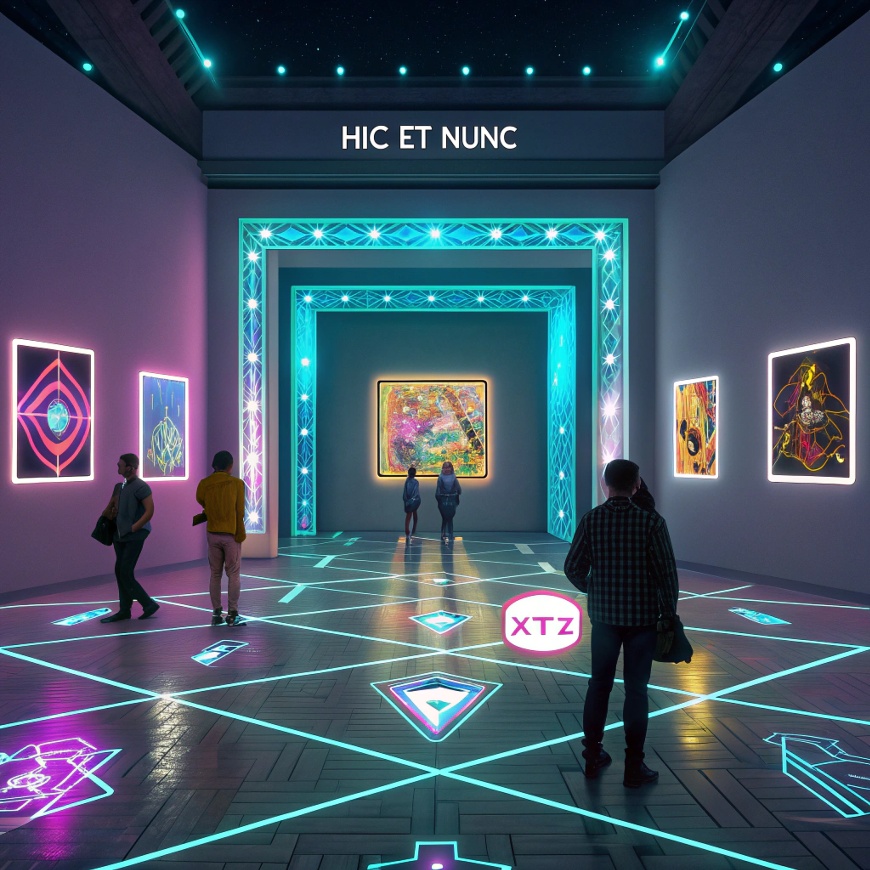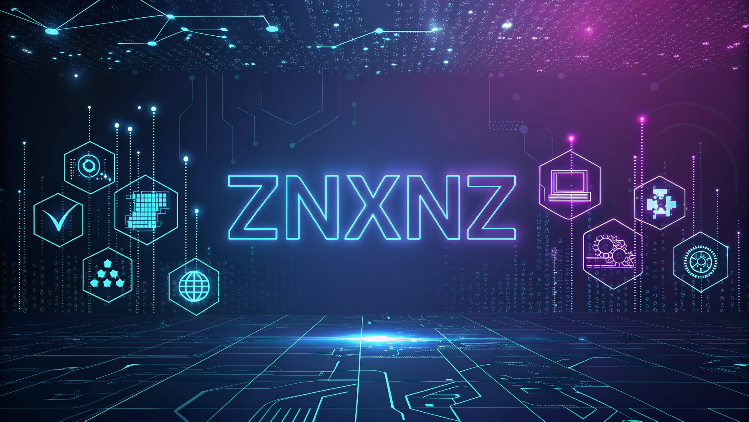What Happened to Hicetnunc Art Platform? The complete Legacy of a Decentralized NFT Pioneer in 2021
Imagine a digital space where anyone, regardless of background or location, could freely create and sell NFTs with minimal costs—no gatekeepers, no red tape, just unfiltered creativity. This vision was realized by Hic et Nunc, a groundbreaking NFT platform born in 2021 and powered by the eco-friendly Tezos blockchain. Hicetnunc, Latin for “Here and Now,” quickly became a beacon of inclusiveness and innovation in the rapidly evolving NFT world. However, its journey faced an unexpected and sudden halt, leaving many to wonder what really happened. This article traces the platform’s origin, rise, sudden disappearance, and the enduring impact it has made on the digital art community.
The Birth and Vision of Hicetnunc
Hicetnunc was launched by Brazilian developer Rafael Lima in early 2021. Lima envisioned a truly democratic and accessible platform for digital artists, especially underrepresented voices. Unlike many earlier NFT marketplaces, which were often dominated by expensive fees and centralized control, Hicetnunc focused on lowering barriers. Its operating blockchain, Tezos, is notable for its minimal environmental impact thanks to its Proof-of-Stake consensus mechanism, which appeals to creators concerned about sustainability.
From the start, Hicetnunc prioritized inclusivity. The platform welcomed artists from across the globe, including those from the Global South and queer communities who historically faced obstacles in the mainstream art market. By offering minting fees as low as a few cents, it empowered creators to publish and sell their work without costly intermediaries or gatekeepers.
One of its unique selling points was “permissionless minting.” Artists could list their NFTs without approval delays, creating an open marketplace that redefined who could participate in the digital art space.
Features That Set Hicetnunc Apart
Hicetnunc’s appeal went beyond affordability:
- Eco-friendly Blockchain: By using Tezos, the platform dramatically reduced energy consumption compared to Ethereum-based alternatives, aligning with growing environmental concerns.
- Decentralized Storage: Artwork was stored on the InterPlanetary File System (IPFS), ensuring permanence and resistance to censorship or modification.
- Community Initiatives: Events like OBJKT4OBJKT fostered creative collaboration and helped artists gain visibility. Hashtag campaigns and collective projects built a strong community culture.
The platform’s design allowed it to flourish as a grassroots network that connected artists irrespective of geography or background, encouraging experimentation and diversity.
Challenges and Sudden Shutdown
Despite its rapid growth and passionate community, Hicetnunc faced serious challenges. In mid-November 2021, Rafael Lima abruptly shut down the platform. The closure came without warning, leaving many users shocked and confused.
The exact reasons behind Lima’s decision remain unclear, with speculation ranging from burnout to frustration with the pressures of managing a large decentralized platform. Some commentators described the closing as a sudden “off-switch” moment, pointing to the emotional toll on Lima as the possible cause.
The Decentralized Resilience: What Happens When the Site Goes Offline?
Importantly, while the Hicetnunc website disappeared, the NFTs minted on the Tezos blockchain remained intact. This highlights one of the core strengths of blockchain technology: decentralization ensures that digital assets continue to exist regardless of any single platform’s status.
Artists and collectors quickly adapted. Alternative community-driven marketplaces emerged almost immediately, including hicetnunc.art and objkt.com, which took up the mantle of preserving the Hicetnunc ecosystem. The blockchain itself, along with stored artwork on IPFS, keeps these NFTs accessible and tradable regardless of the original platform’s fate.
The seamless migration showcased the resilience of decentralized Web3 infrastructure, which empowers users to maintain control and ownership beyond any single company or website.
Community Response and Legacy
The Hicetnunc community remains vibrant and committed. Artists continue to share, sell, and collaborate on successor platforms, embodying the original ethos of openness, inclusivity, and creative freedom.
Notable projects launched on Hicetnunc have gained recognition and are now thriving on other platforms. For example, the Whitworth Gallery’s NFT of a William Blake watercolour is now successfully listed on objkt.com, exemplifying how institutional and independent projects have transitioned smoothly.
The story of Hicetnunc also sparked philosophical reflection on the future of decentralized art markets. It has become a case study demonstrating how blockchain can protect artists’ ownership and resist the fragility of traditional gatekeeper-controlled ecosystems.
How to Get Involved with Hicetnunc’s Successor Platforms Today
For artists and collectors interested in engaging with the spirit of Hicetnunc, here is a simple guide to entering the Tezos NFT ecosystem today:
- Set Up a Tezos Wallet: Choose wallets like Temple, Kukai, or AirGap, which connect easily to NFT marketplaces. Securely back up your recovery phrase.
- Acquire Tezos (XTZ): Buy XTZ on exchanges such as Binance or Coinbase, and transfer it to your wallet. XTZ is required to mint and trade NFTs.
- Choose a Marketplace: Explore community-driven platforms such as hicetnunc.art, objkt.com, or Teia.art to browse or list artwork.
- Mint and Share: Upload your digital art files, add metadata, pay the small minting fee, and officially publish your NFT on the blockchain.
- Join the Community: Engage with artists and collectors on forums, Discord channels, and social media to learn, collaborate, and grow your network.
Final Thoughts: The Enduring Impact of Hicetnunc
Hicetnunc’s story is far more than the rise and sudden fall of an NFT marketplace. It symbolizes the potential of decentralized, inclusive art spaces to empower creators worldwide. Despite its closure, the movement endures through its successors and engaged community, reminding us that technology in Web3 places people, not platforms, at the center of digital art’s future.
For anyone new to NFTs or seeking authentic creative communities, the Hicetnunc ethos offers inspiration and opportunity—it is proof that art, technology, and culture can unite to challenge the status quo and thrive here and now.
Visit Magazineglow.net



